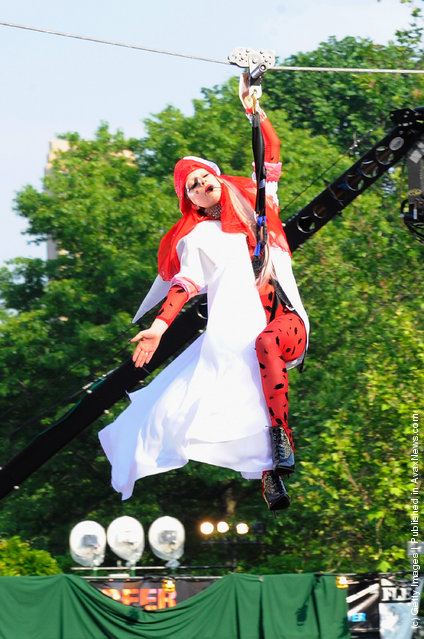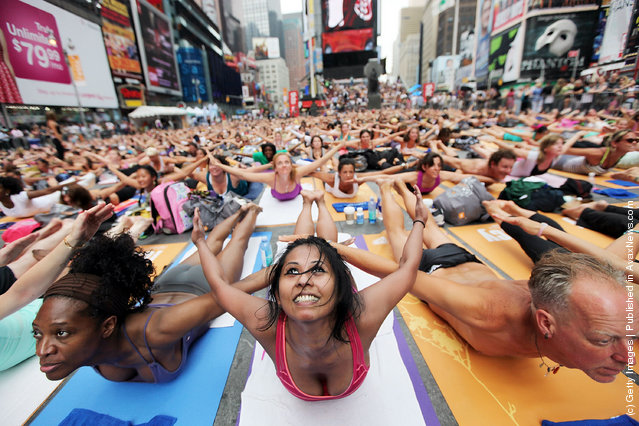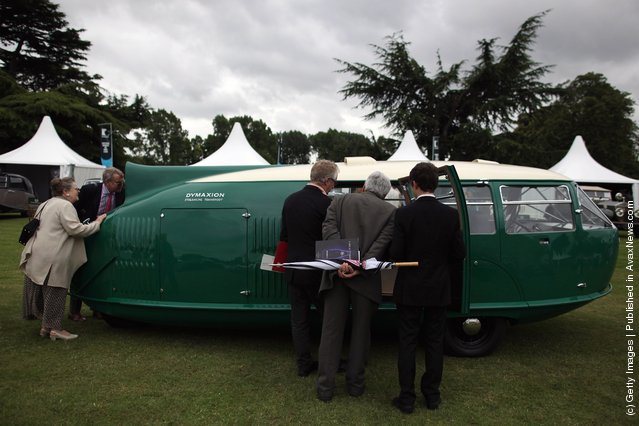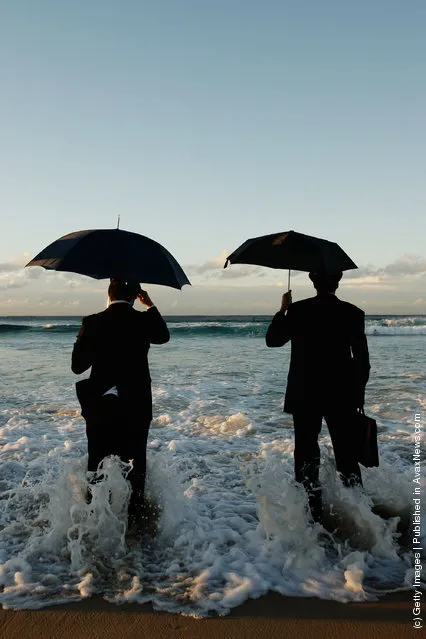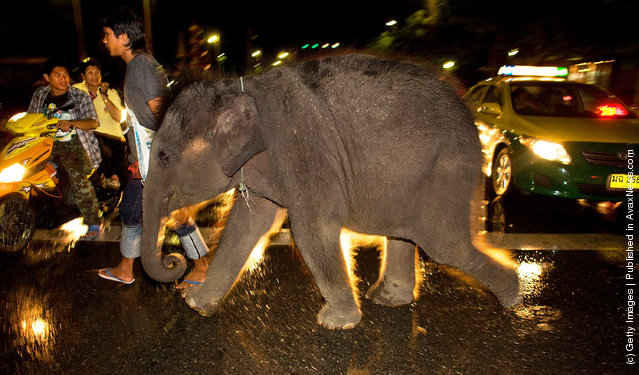
French First Lady Carla Bruni-Sarkozy, who is pregnant, welcomes the spouses of heads of state at at Le Ciro's Resaturant on the second day of the G8 Summit on May 27, 2011 in Deauville, France. (Photo by Sean Gallup/Getty Images)
28 May 2011 09:33:00,post received
0 comments

